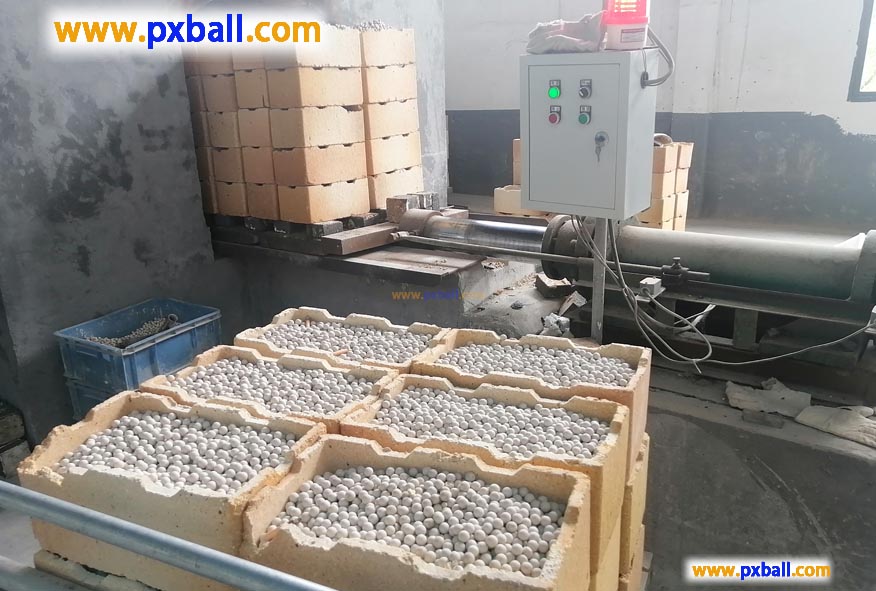
Characteristics of Ceramic Ball Alumina:
1. **Chemically Stable**: - Can withstand the corrosion of acids, alkalis, and other organic solvents, and can maintain its own structure and performance stability in various complex chemical environments, and is less likely to undergo chemical reactions or dissolution.
2. **High Temperature Resistance**: - Has very high high-temperature performance, can maintain stable physical and chemical properties at high temperatures, the heat-resistant temperature is usually between 1300℃ and 1700℃ or even higher.
3. **Low Water Absorption**: - The inert alumina ceramic ball structure is relatively dense, with a low porosity, so the water absorption is very low.
4. **High Strength**: - Has high mechanical strength, including compressive strength, wear resistance, etc. In the reactors, towers and other equipment, it can withstand the weight of the catalyst and the impact and friction of the fluid, and is less likely to break, wear or deform, thus ensuring the normal operation and service life of the equipment.
5. **Good Thermal Stability**: - Can maintain stable performance under frequent or sudden temperature changes, and will not crack, break or other phenomena due to thermal expansion and contraction. This makes it suitable for some processes that require temperature fluctuations, such as stable operation in heating and cooling cycles in the reaction system.
6. **Shape Regular**: - Usually in the form of regular spheres, with good sphericity and dimensional accuracy. This regular shape makes the ceramic balls easy to pack and use, forming a uniform porous structure, which is conducive to the uniform distribution and flow of gases or liquids, and improves the reaction efficiency and mass transfer effect.
7. **Environmentally Friendly and Non-toxic**: - Made of inorganic materials such as alumina, it contains no harmful substances and does not release harmful substances to the environment or human body during use, which meets environmental protection requirements.
The main functions of alumina in ceramic balls:
**Increase hardness and wear resistance** Alumina has a very high hardness itself, the Mohs hardness can reach 9, almost comparable to diamond.
**Enhance high-temperature stability** Alumina has a very high melting point, can withstand temperatures up to 1500°C or even higher.
**Provide good chemical stability** Alumina has good corrosion resistance and can resist the corrosion of most acids, alkalis and other organic solvents.
**Increase mechanical strength and compressive strength** The crystal structure of alumina makes it have higher strength and compressive strength, which plays a role in enhancing the overall mechanical strength of ceramic balls.
**As a catalyst carrier or adsorbent** Alumina has a large specific surface area and pore structure, which can adsorb and carry the active components of the catalyst.
**Improve the molding performance and sintering performance of ceramic balls** During the preparation of ceramic balls, the addition of alumina can improve the molding performance of ceramic raw materials, making it easier to shape into spherical shape.
The main categories of ceramic ball alumina oxide:
Inert alumina oxide ceramic balls: have relatively stable chemical properties and mainly serve as support and cover for catalysts in reactors, reducing wear and loss of catalysts and ensuring the smooth progress of the reaction.
Alumina porous ceramic balls: have many microscopic pores inside, have a larger specific surface area, and are conducive to mass transfer and heat transfer of gases and liquids. They are often used in chemical processes such as adsorption, dehydration, and drying, and can also be used as filtration media in the water treatment field. They can also be used in the heat exchangers in the metallurgical field to improve heat transfer efficiency.
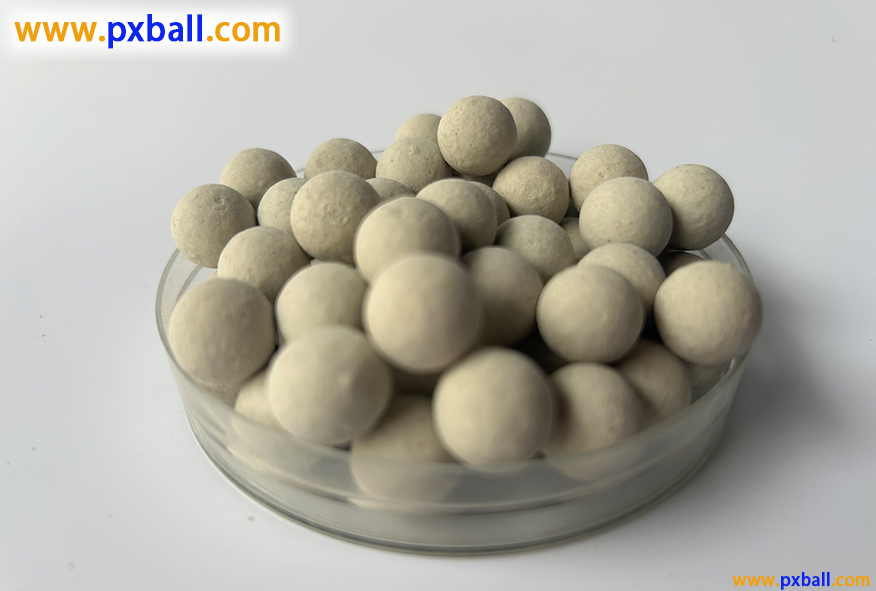
Application fields:
Petrochemical industry, as grinding and support medium in equipment. Environmental protection industry, ceramic industry, electronics industry, metallurgy industry, mechanical industry,
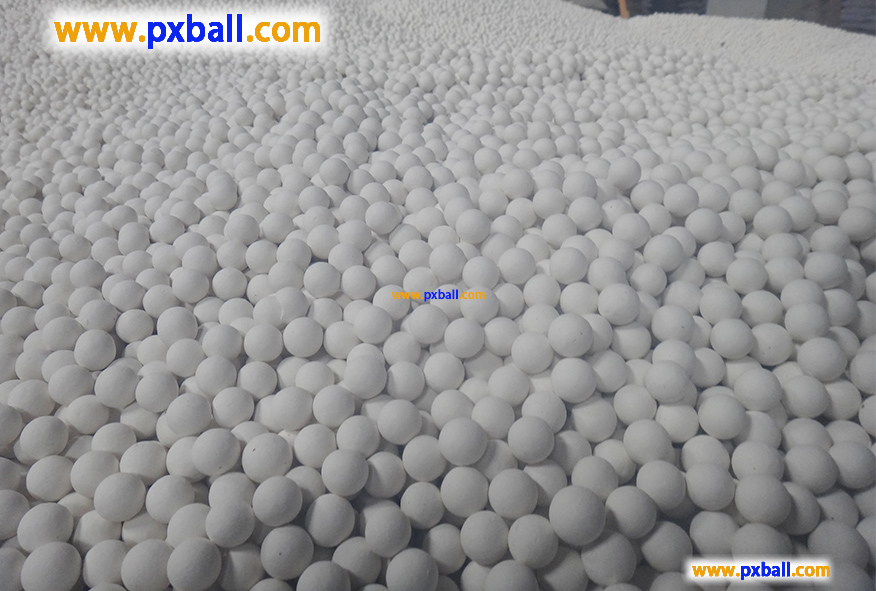
Catalyst Inert Ceramic Packing Process
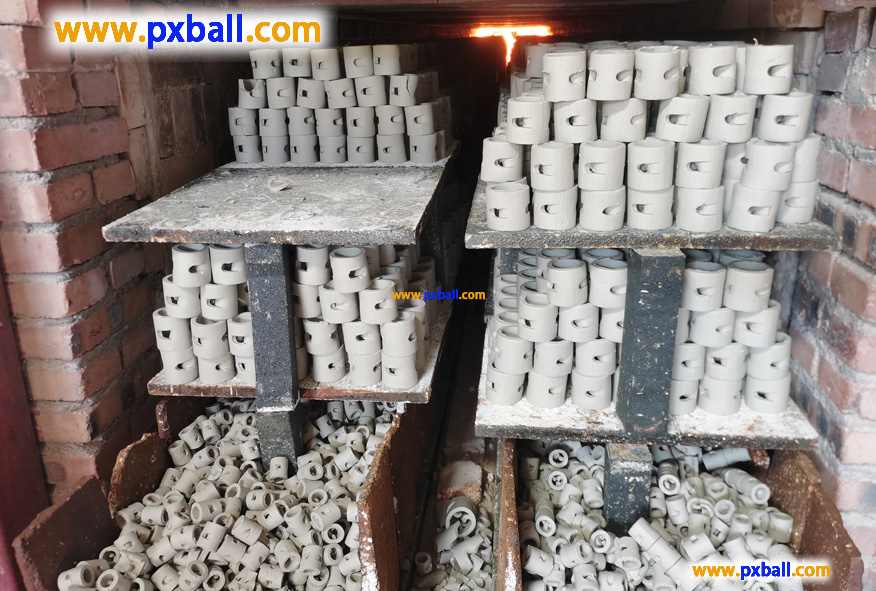
Is ceramic an inert waste?
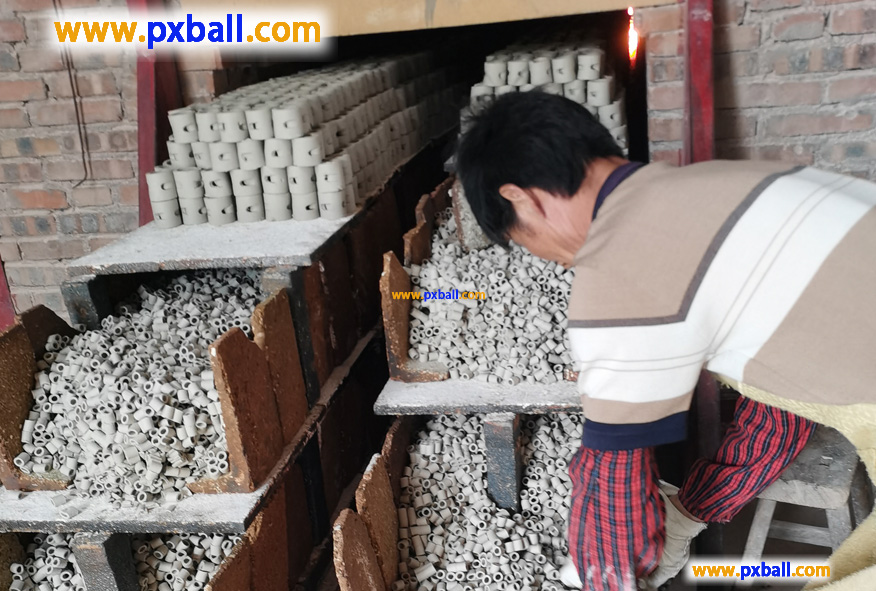
Are ceramics chemically inert?
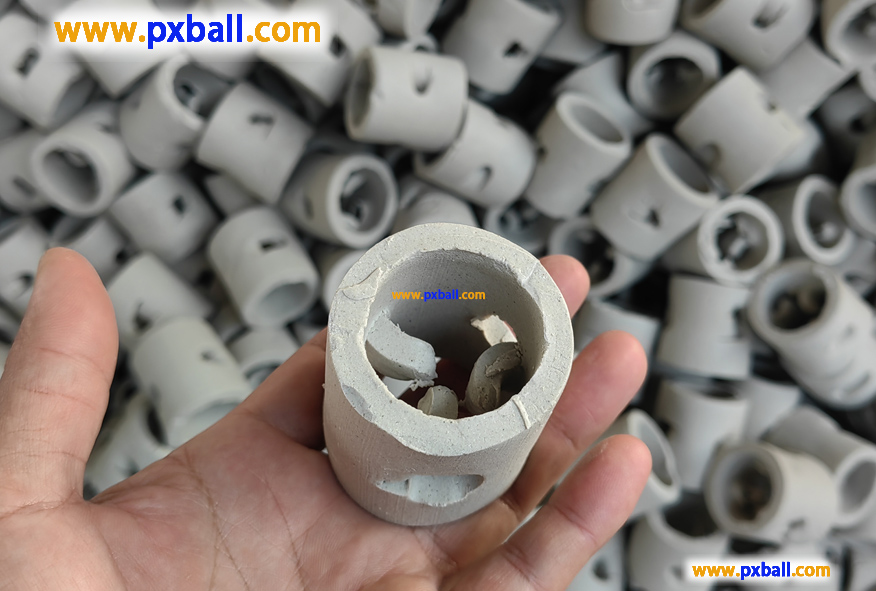
What is inert ceramics?
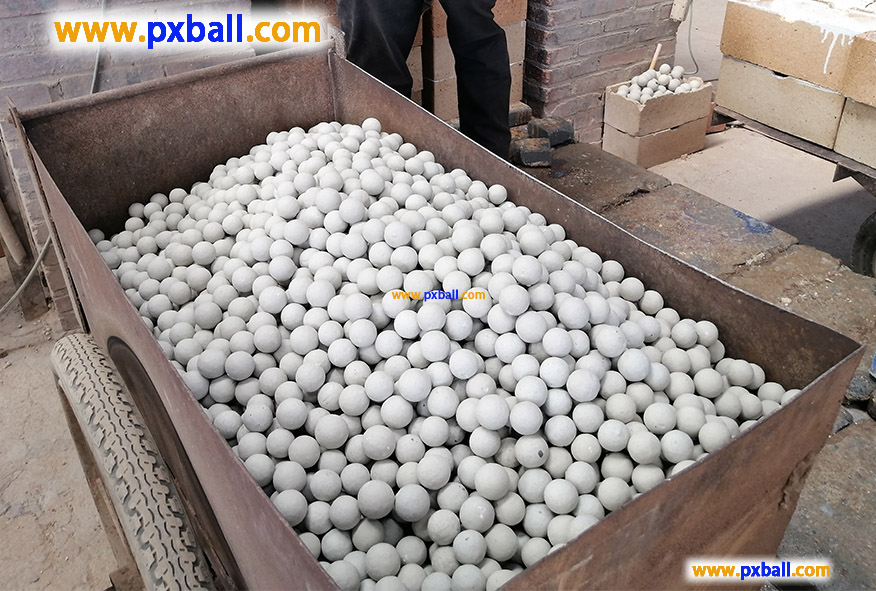
inert alumina ceramic ball density

Why do inert ceramic balls emphasize the level of aluminium content?
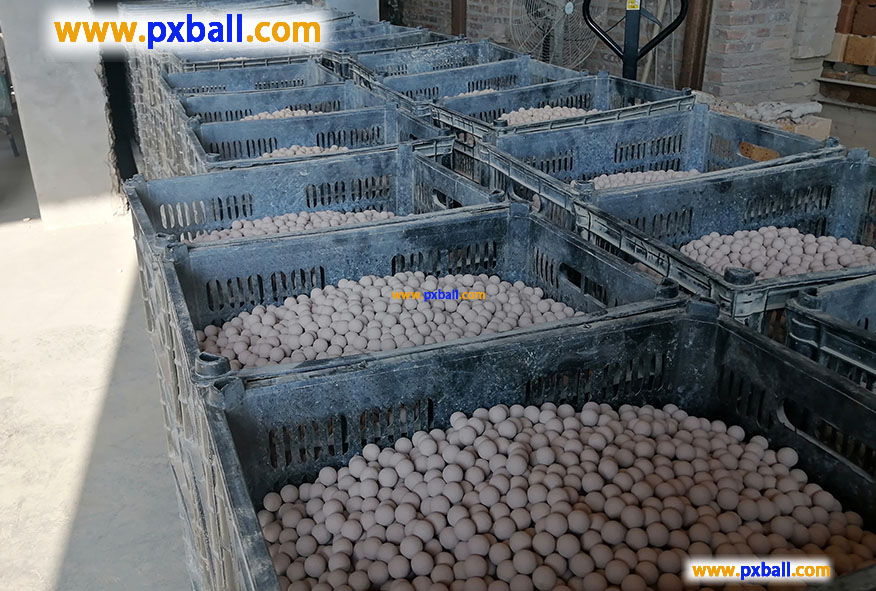
What are alumina ceramic balls used for?
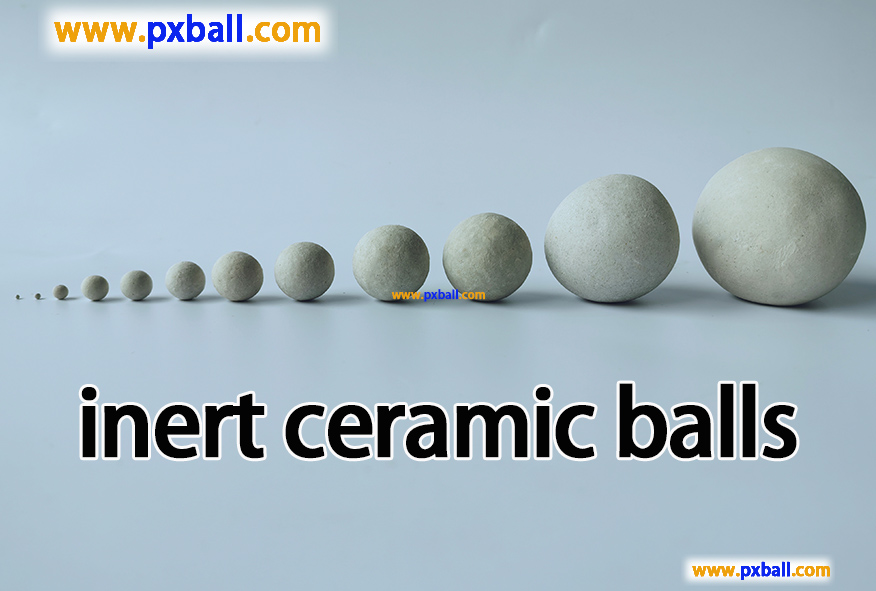
What is inert ceramic ball?